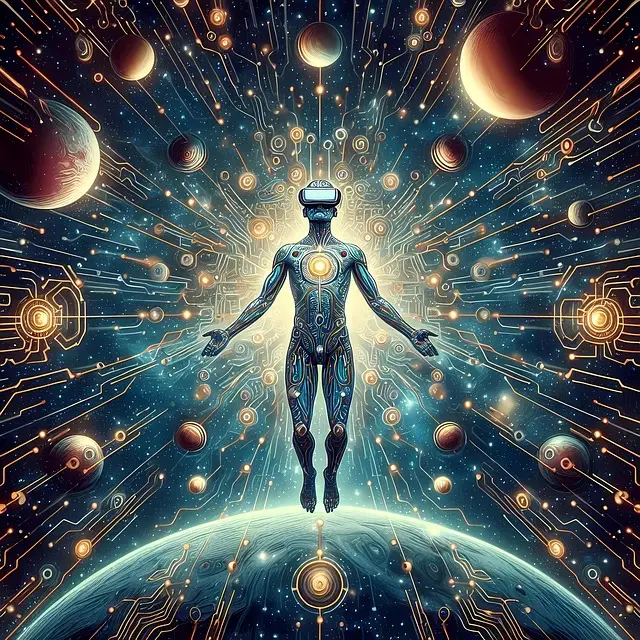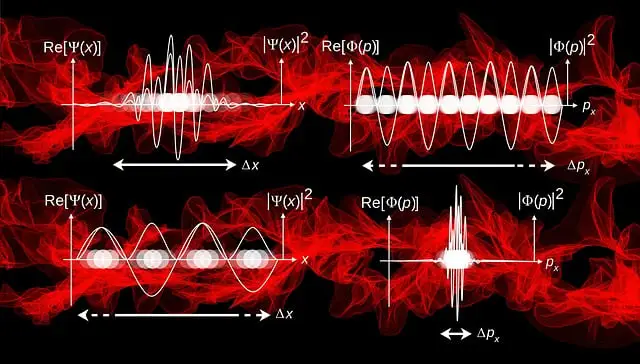Quantum mechanics is the most accurate scientific theory ever devised, yet it defies common sense at every turn. The moment you truly accept its implications, reality starts to feel like a glitch in the universe. Particles exist in multiple places at once, objects change when observed, and the very fabric of space-time behaves in ways that seem impossible.
But here’s the strangest part: the more you trust quantum mechanics, the weirder the world becomes.
1. Particles Can Be in Two Places at Once (Until You Look)
In the famous double-slit experiment, particles like electrons behave as both waves and particles. When unobserved, they create an interference pattern, suggesting they pass through both slits simultaneously. But the moment you measure which slit they go through, they “choose” a single path.
This is called quantum superposition, the idea that particles exist in all possible states until observed.
Implication: Reality isn’t fixed until you look at it.
2. Entanglement: Spooky Action at a Distance
Einstein called it “spooky,” and for good reason. When two particles become quantum entangled, measuring one instantly determines the state of the other, no matter how far apart they are.
This violates locality (the idea that objects are only influenced by their immediate surroundings) and suggests that information travels faster than light.
Implication: The universe is fundamentally interconnected in ways we don’t yet understand.
3. The Observer Effect: Do You Create Reality?
One of the most unsettling ideas in quantum mechanics is that conscious observation affects reality. The Copenhagen Interpretation suggests that particles don’t have definite properties until measured.
Some interpretations go further, proposing that consciousness itself collapses the wave function, meaning reality doesn’t fully exist without an observer.
Implication: The universe may require a mind to bring it into existence.
4. Quantum Tunneling: Particles Phasing Through Walls
In classical physics, if you throw a ball at a wall, it bounces back. But in quantum mechanics, particles can tunnel through barriers they shouldn’t be able to pass.
This isn’t just theory, it’s how the Sun produces energy (nuclear fusion relies on quantum tunneling).
Implication: At the smallest scales, matter behaves more like a cloud of probabilities than solid objects.
5. The Many-Worlds Interpretation: Every Possibility Happens
If you think superposition is weird, consider this: The Many-Worlds Interpretation suggests that every quantum possibility actually happens, just in a parallel universe.
Every decision, every random quantum event, spawns a new reality. You might have already died in another universe or become a billionaire.
Implication: There could be infinite versions of you living every possible life.
The Ultimate Mind-Bender: What If Reality Is a Simulation?

Quantum mechanics is so bizarre that some physicists (like Nobel laureate Frank Wilczek) speculate it might be evidence of a coded reality, like a universe-sized computer simulation.
After all, why would nature rely on probabilities, observations, and instant entanglement unless something deeper was at play?
Final Thought: The Universe Is Weirder Than You Think
The more you accept quantum mechanics, the more the world feels like a cosmic magic trick. Particles teleport, time may be an illusion, and reality itself might be a vast hologram.
So the next time you feel like life is strange, remember: Science agrees.
Do you think quantum mechanics proves reality isn’t what it seems? Share your thoughts!
















